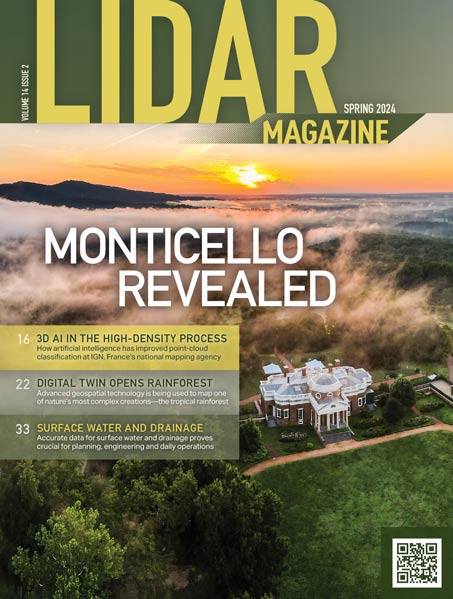Hard rock (not the Hard Rock) cliffs represent approximately 75% of the worlds coastline. Monitoring the erosion processes of these often highly valuable locations has been done primarily from the air with photogrammetry and more recently airborne LiDAR. This has not provided adequate data due to the oblique angle of the imagery, the need to observe overhangs and the infrequent, high cost of collection.
This paper documents the results of the use of terrestrial laser scanning to much more precisely monitor and analyze hard rock cliff erosion processes in the North Yorkshire, UK. It would seem to me that some of these findings could also be applied to areas in canyons, like Yosemite, where I recall hearing a presentation about a large rock fall that occurred there in the past few years.
Michael Olsen, now a professor at Oregon State Univ. and a LiDAR News contributing author also used laser scanning to study bluff erosion in southern California.
